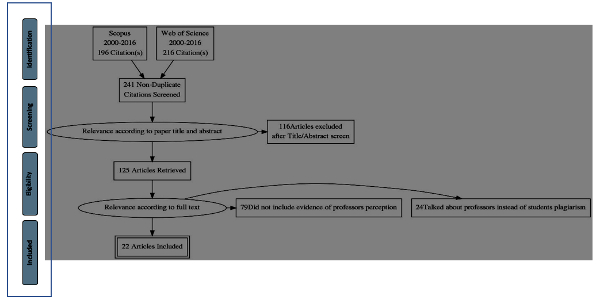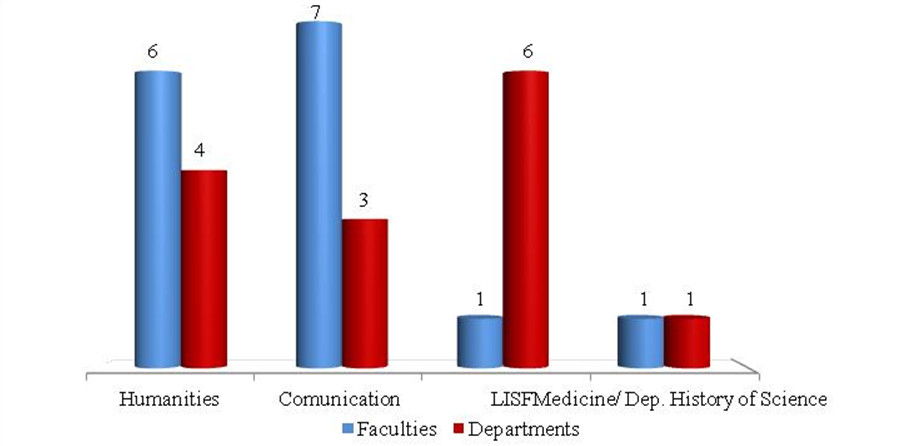Teaching Media and Communication in the GenAI Era: an exploratory study
Goals. This study investigates the perceptions that faculty members in Media and Communication develop toward the use of Generative Artificial Intelligence (GenAI) in current teaching activities, focusing on its influence within the educational environment.
Methodology. We use an exploratory qualitative approach through the focus groups conducted in two universities (University of Bucharest and Université Lumière Lyon 2) which allow us to develop a comparative understanding of the topic. The field of Media and Communication is particularly relevant to study, as it already faces extensive GenAI integration in the respective professional fields.
Results. Both in France, and in Romania, professors in Media and Communication tend to be cautious about using GenAI and integrating it in their practices. Although they recognize AI as a potential tool for innovation (more on the Romanian side), its actual integration in pedagogical methods is still limited. On the French side, the rejection is stronger. Faculty members generally view GenAI use among students with criticism, associating it with plagiarism and a lack of critical thinking. Our research contributes to the reflection about the pedagogical challenges of teaching Media in Communication in the GenAI era, drawing from a Romania-France comparative study performed in two universities.



